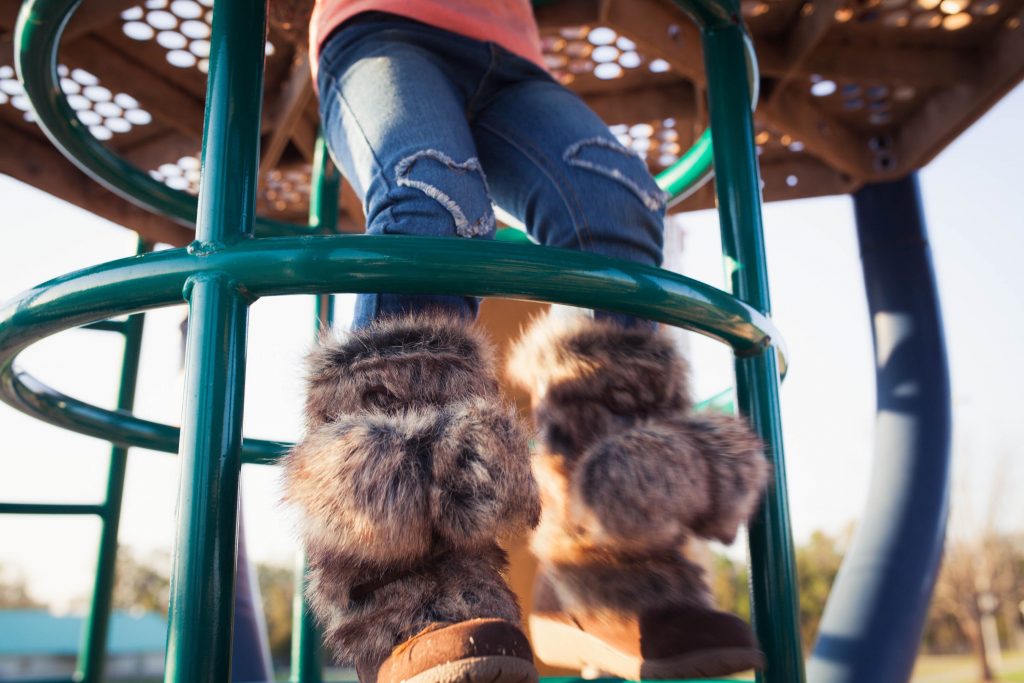A lot of the terms used by Certified Playground Safety Inspectors are similar and can be easily confused. In a previous article, which you can read here, The definition and importance of critical heights were described. There is, however, a similar term that is used in playground codes: fall height. These terms refer to two different things and it is important to understand what they both mean and how they are related.
Fall Height vs Critical Height
The term “fall height” is used when referencing the height of equipment on the playground. More specifically, the fall height is the distance between the highest designated playing surface and the playground protective surfacing. A critical height, however, is the distance below which life-threatening injuries are not expected to occur. The fall height should never be higher than the critical height on a playground.
How are these terms related?
The critical height of a playground depends largely on the type of protective surfacing used on the playground. The surfacing material needs to be rated for a critical fall height that is larger than the largest fall height on the playground in order to maintain proper safety and for the playground to be code compliant. Therefore, the fall height will determine the kind of protective surfacing needed to keep children from experiencing life-threatening injuries.

